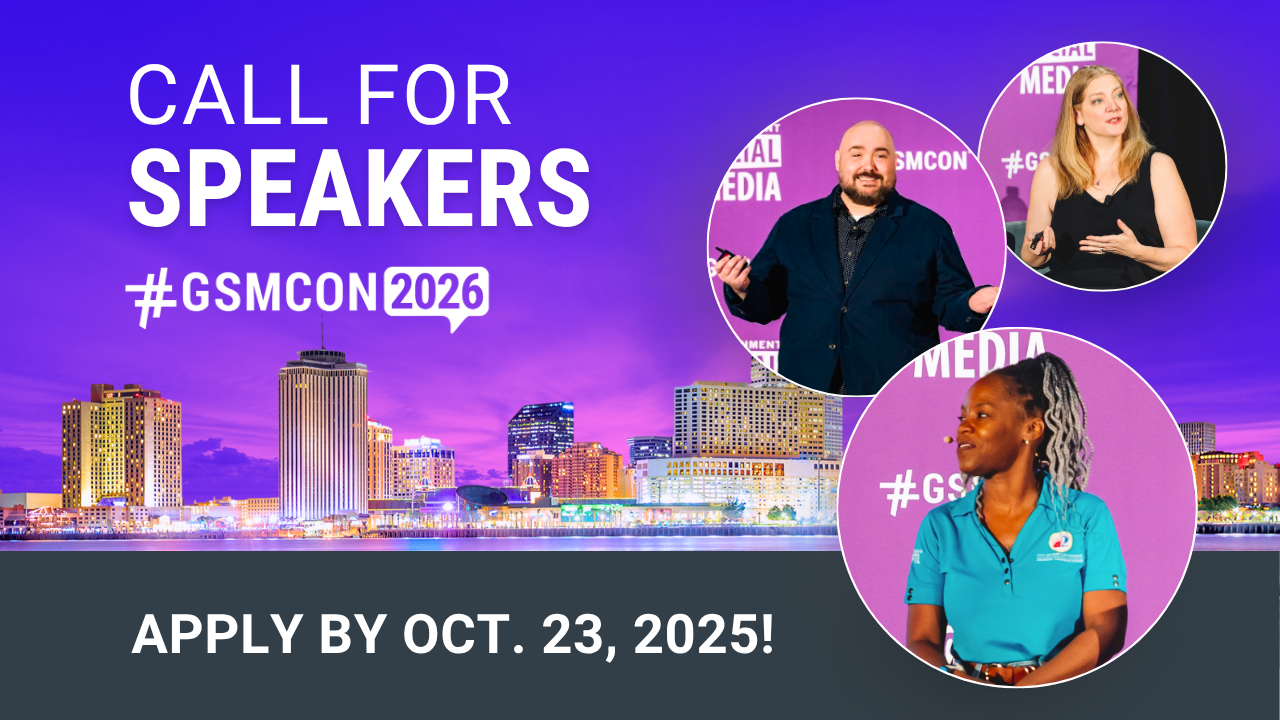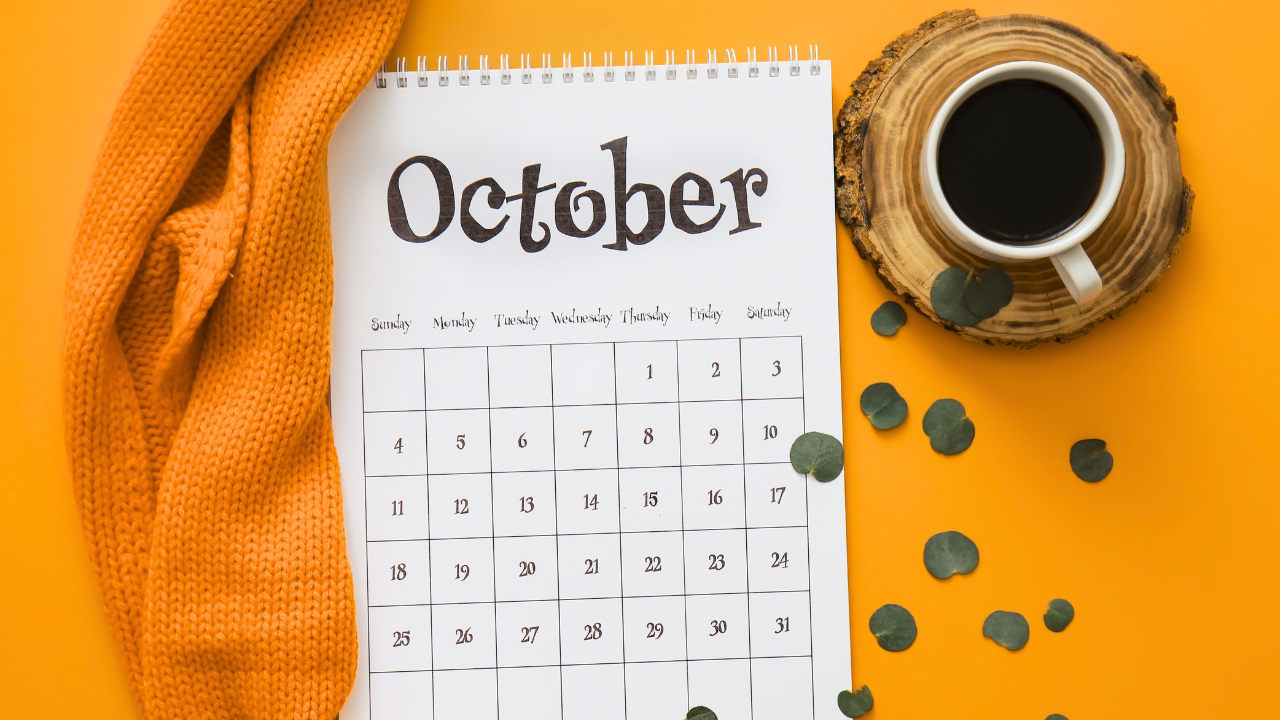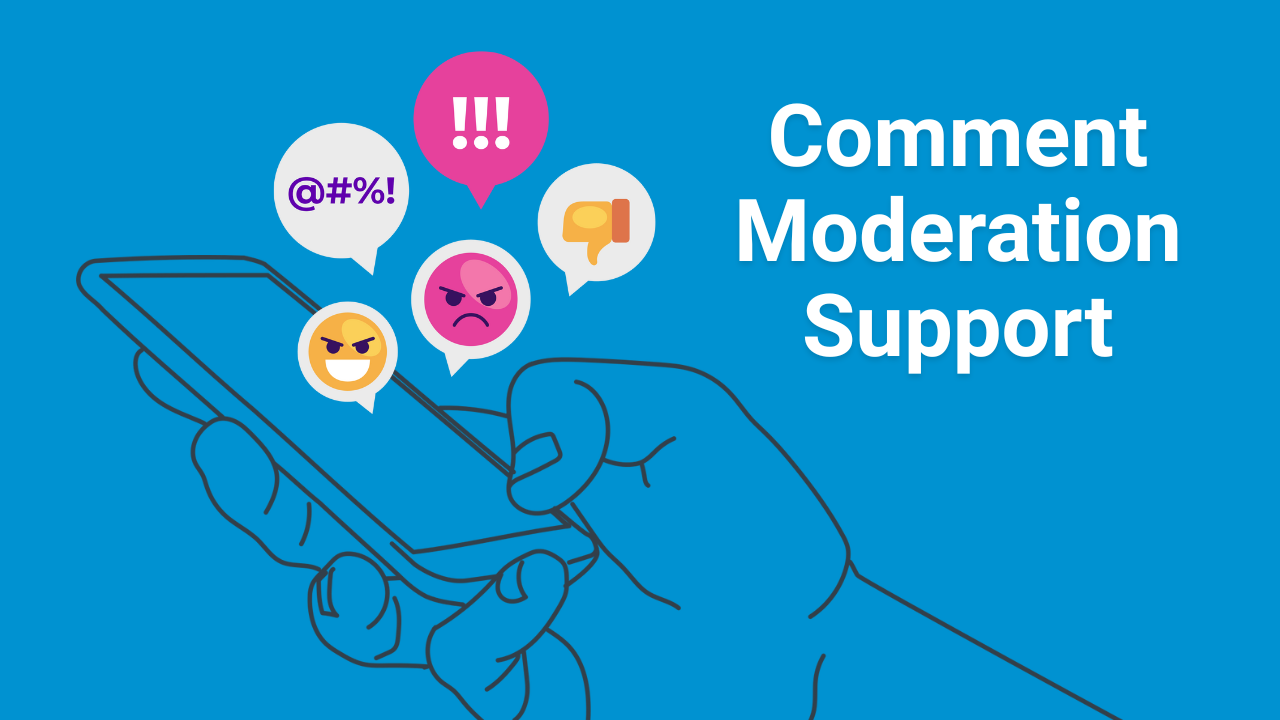
How to design for government social media
Aug 25, 2021We’ve all heard the phrase, “content is king,” originally written by Microsoft founder Bill Gates in 1996. Many years later it still remains true, especially because of the increased emphasis on social media and content marketing strategies used to capture attention. How does this correlate with government social media communicators? In order to succeed in building online communities, you must first capture your audience's attention.
Think about what makes you stop scrolling on social media. You may stumble on a funny caption or an odd visual, but what truly captures your attention are posts that stand out from the rest. Here are some helpful tips to keep in mind when designing for your government social media accounts.
Keep it simple
Each piece of content gives you the opportunity to communicate with your audience. Providing too many words, elements or colors can be distracting when scrolling through any screen. Instead, opt for simplicity and prioritize quality.
- Keep phrases short and limit typeface to two font and heading choices
- Stick to two contrasting or complimentary colors that align with your government agency’s brand guidelines
- Use scroll-stopping elements
- Make your designs visually consistent
- Don’t be scared of blank space
- Focus on what’s important, like highlighting call-to-actions, bolding important words or emphasizing your message. For example:
Make your reader
FOCUS ON WHAT’S IMPORTANT
then add other information in smaller text.
Optimize your images for different platforms
For the most part, each social media platform requires different image dimensions. You’ll want to format your images depending on the platform and the way the platform displays the images before they’re expanded. For example; if you publish two or more images on Facebook, they display differently on the feed than if there was only one:

Getting the right size also helps avoid pixelation, ensuring your audience sees the full photo and future-proofs your content when network changes happen. Make sure to keep note of these important sizes when sharing creative on social media:
Facebook image sizes
- Landscape: 1200 x 630 pixels
- Portrait: 630 x 1200 pixels
- Square: 1200 x 1200 pixels
- Stories: 1080 x 1920 pixels
Instagram image sizes
- Landscape: 1080 x 566 pixels
- Portrait: 1080 x 1350 pixels
- Square: 1080 x 1080 pixels
- Stories: 1080 x 1920 pixels
Twitter image sizes
- Landscape: 1024 x 512 pixels
- Portrait: N/A
- Square: N/A
- Stories: N/A
LinkedIn image sizes
- Landscape: 1200 x 627 pixels
- Portrait: 627 x 1200 pixels
- Square: N/A
- Stories: 1080 x 1920 pixels
Pinterest image sizes
- Landscape: 1000 x 1500 pixels
- Portrait: N/A
- Square: N/A
- Stories: N/A
TikTok image sizes (if used in video)
- Landscape: Not recommended
- Portrait: 1080 x 1920 pixels
- Square: Not recommended
- Stories: N/A
Tip: You can use the same design for all sizes with simple element adjustments. For example, when resizing a story image that has the text on the upper half and a complimentary element on the bottom for Twitter, you might align the text to the left so that any other elements can fit on the right-hand side.
Use consistent branding
Brand identity is crucial when it comes to earning trust on social media channels. You may (or may not) share visual content outside of the graphics you create, but whatever you’re sharing, you should aim for imagery that your audience immediately associates with your page. Here are a few ways you can help stay consistent:
- Study the visual identity of your government agency
- Follow your brand guide
- Reference previous social media posts with the highest engagement
Design for everyone
To ensure equity, we must make digital content as accessible as possible, and that also includes your social media designs. Here are some tips we learned from a publicly-available webinar with accessibility experts from Minnesota IT services:
- Avoid jarring/flashy content in your designs
- Provide descriptive alt text for your graphics
- Use inclusive color contrasts
Provide value
Now that you have the fundamentals to create a good graphics for social media, you’ll want to ensure that it's valuable enough to be saved, shared or keeps your audience coming back for more. As a socialgov you know that every interaction counts (not only likes and comments) in order to beat the algorithm(s). The more interaction you get from your audience, the more platforms will push your content to similar users outside of your following. In return your page will receive new follows, a larger reach and will be easier to find within the public you serve.
Best communicate with the public you serve by becoming a part of the free Government Social Media network — only available to full/part-time employees of government or educational institutions.
We support the largest network of government social media professionals in the U.S. by guiding government agencies through complex social media issues. Government Social Media helps you successfully communicate with the public you serve, protect your agency and keep public trust while finding your support community.
Government Social Media® empowers government professionals to achieve mastery in social media through conferences, online training, and association membership. Best communicate with the public you serve and get connected with fellow socialgovs by registering for the 2026 Government Social Media Conference happening in New Orleans, LA and virtually from wherever you are! Join the free GSM Network for text-only chats on socialgov topics or access the Government Social Media Association (GSMA) for regional virtual meetups and educational webinars.









